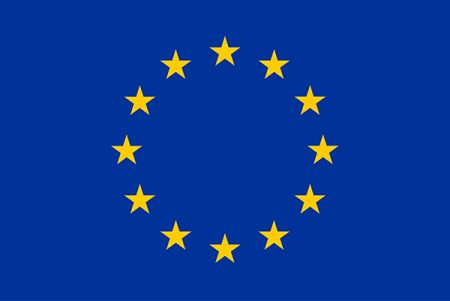Volatile Organic Compounds (VOCs) are released, for instance, from organic solvents emitted from industrial processes. VOC emissions can be carcinogenic, and contribute to climate change and destruction of the stratospheric ozone layer. They react with nitrogen oxides forming ozone and smog.
Directive 99/13/EC states that the VOC emissions from the solvent using industry should have been reduced by 67% compared to the 1990 VOC levels. Furthermore the directive sets very strict limits (in some cases below 1 ppm) for the so called “R-labelled” VOCs, which contain for example different chlorinated VOCs.
Online monitoring of VOC emissions
One of the major barriers to the prevention and abatement of VOC emissions by industry is the lack of continuous, affordable and reliable VOC measurement and monitoring technology, surely a prerequisite to any meaningful and long-term strategy for reducing VOC emission levels.
ZERO-VOC aims to develop an affordable, reliable tool for on-line monitoring of harmful and toxic VOC emissions in order to solve the limitations of traditional measurement techniques which have clearly failed, or have proven very difficult and laborious.

This project is supported by the European Commission under the 7th Framework Programme for Research and Technological Development.


